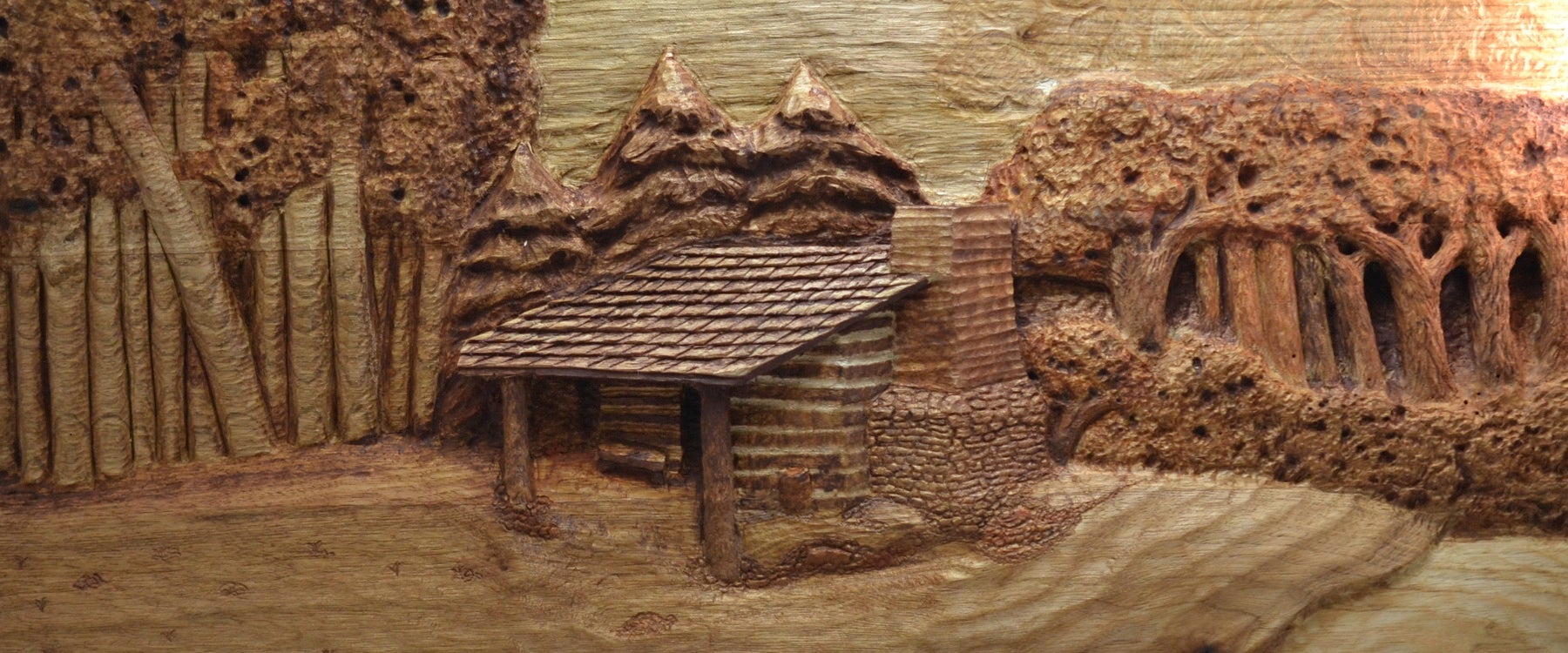“Visions in Wood: Carved Creations” – An Art as Avocation Exhibit
About the Artist

Dr. Leonard G. Trujillo (Leo) is professor and chair of the Department of Occupational Therapy in the College of Allied Health Sciences at East Carolina University.
Before coming to ECU in 2003, Dr. Trujillo took his first woodcarving class as part of the Dayton, Ohio, Life Long Learning Program. Since then, he has spent a lifetime learning more about carving. Trujillo recounts early on his desire to carve figures out of wood to create the illusion of pieces coming out of the walls and being three-dimensional.
While his work is primarily focused on relief carving, Trujillo centers his love of wood and fascination with creating illusion and three-dimensional effects. He will sometimes carve a piece only to study a certain aspect of the carving process. His carvings begin with a solid plank of wood. With a mallet and a multitude of gouges, chisels, riffles, and sandpaper leaves, the wood is embedded with lifelike images of trees, old barns, nature scenes, and once in a while, people. Many of his carvings depict scenes reminiscent of his travels and love for nature. “The hardest part of the carving process is having to stop and prepare the wood for the work that you are about to do,” he said. “That can take days out of actual carving time.”
In 2013, he built his first studio, literally doing all but the electrical work. After installing a tongue and groove pine ceiling, he transformed an unfinished bonus room at his home into a work of art and refuses for it to be called a “man cave.” Filled with sharpening machines, vacuum systems, special track lighting and carving gouges lined throughout the multi-stage work space, it’s easy to see this is far from a getaway spot. Presently, Trujillo isn’t competing in carving club shows and competition. He explains, “When you work towards winning a ribbon, you lose the pleasure of carving and it becomes work rather than pleasure.”

